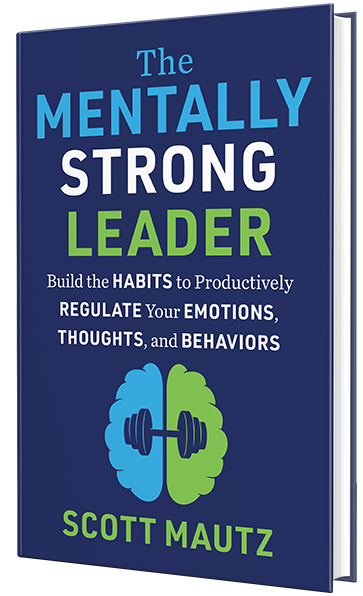
There are plenty of tricky subjects ripe for improvement as a leader, like operating smartly in crisis or spotting truly disengaged employees or even knowing when taking action is necessary.
No subject is trickier and more damaging than when a leader engages in seemingly harmless behaviors that ultimately add up to indecision. Indecision can paralyze an organization. It can create doubt, uncertainty, lack of focus, and even resentment.
Aggressive competitors might be eating your lunch while you’re still deciding whether to use a fork or spoon. So, catch yourself before engaging in any of the following five well-meaning behaviors and adjust accordingly:
1. You ask for more data to inform or support a decision.
There’s nothing wrong with requesting more data, but when overdone, it crosses over into perfectionism and quickly reveals underlying insecurity. Time and time again, I’ve seen insecure leaders request unreasonable amounts of data to beat the level of risk or uncertainty down to zero.
Beneath it was always the fear of making the wrong decision. A good general rule of thumb is a mix of 60 percent data and 40 percent gut and experience to enable a decision.
Know when to stop the data collection. And learn to accept inevitabilities sooner.
2. You default to a pragmatic parallel path.
Two options are better than one, right? Sometimes. Other times, those options can linger, sapping your organization’s energy and killing your sense of completion. Timelines stretch. Costs skyrocket.
If you’re going to carry multiple solutions to a problem simultaneously, make sure that they’re distinct options without overlap. Have a clear decision tree in place–in other words, if “A” and “B” happens, then we all agree to eliminate Option No. 1. You get the idea.
3. You consistently seek approval from your chain of command.
Alignment is good. But this process quite often delays or even unwinds decisions, causing rework and countless re-loops.
Fight to get the autonomy you deserve as a leader, so you can make as many calls as possible. You can also get “pre-approval”–for example, if we meet conditions x, y, and z, then we’re quickly moving forward.
4. You put off a decision to wait for the right answer to present itself.
Not deciding might give your competitor more time to take action. It might burn more resources that could be used elsewhere and distract an organization that needs more focus.
You might also be overestimating the risk of getting it wrong. Every decision is not mission-critical. Ask yourself: What’s the worst-case scenario if the decision I make is wrong? It might be nowhere near as painful as the true cost of further delaying that decision.
Put discreet time parameters in place for making the call. Then, just make the call.
5. You encourage open and honest debate from all.
Robust debate is critical. Heck, a team of Berkeley researchers even found that teams that debated their ideas had 25 percent more ideas altogether.
So, yes, debate is great. Until it’s not.
At some point, you have to cut off debate and follow the rule of “Debate. Decide. Commit.” Even those who were debating with you–those who won’t agree with the decision you ultimately make–will be happy that a decision was made.
Decisions move organizations forward. Leaders move organizations forward.
Some well-meaning behaviors may not bring, well, meaning, to an organization. But it’s always meaningful when you just make the call.




Leave a Reply